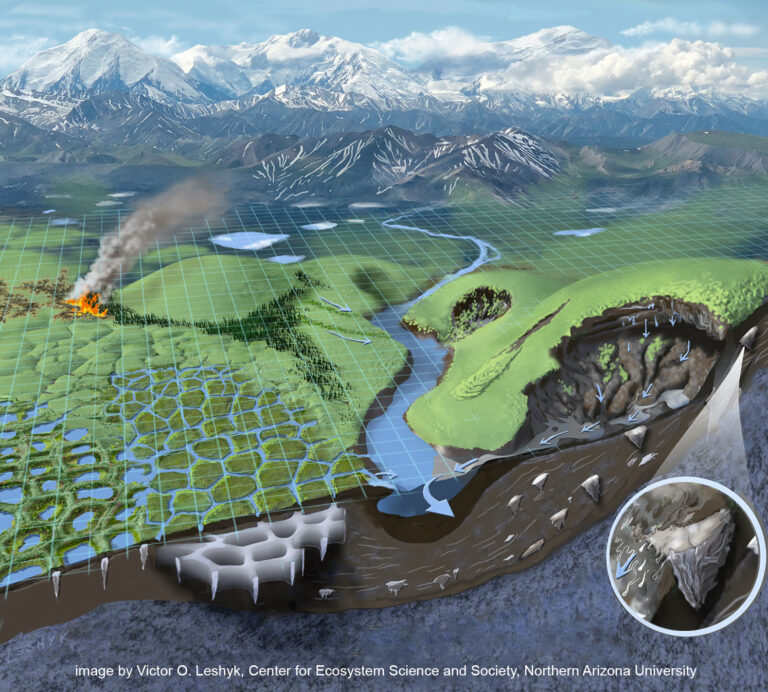Scientists at Arizona State University, Northern Arizona University, the Arizona Geological Survey at the University of Arizona, and the National Snow and Ice Data Center at the University of Colorado Boulder have been awarded almost US$2m from the National Science Foundation in the US to develop a virtual reality teaching tool called Polar Explorer.
In the web-based tool, undergraduate students will explore polar environments in the Arctic to learn about permafrost from their laptops, desktops or mobile devices.
“The real-time transformation of the Arctic affects everyone, but most of us can’t travel there to witness these changes,” said Deborah Huntzinger, project principal investigator from Northern Arizona University. “Polar Explorer will take students deep into thawing permafrost and to the edge of Arctic shorelines to learn about how the region is changing in an immersive, accessible way.”
The team is zeroing in on the Arctic because climate warming is altering this region rapidly in ways that affect climate, infrastructure and public health around the globe.
Over the past three decades, the Arctic has warmed at twice the rate of the rest of the world and permafrost has started to thaw. Thawing permafrost releases enormous amounts of previously frozen greenhouse gases to the atmosphere, accelerating the pace of climate change.
These impacts make it important for the general public to understand how the Arctic is changing and why these changes have significant consequences for people around the world. But the remoteness and inaccessibility of the Arctic makes teaching students about permafrost and its consequences challenging.
Polar Explorer will create an adaptive learning environment built around a series of immersive virtual field trips (iVFTs), an approach pioneered by ASU’s Center for Education Through Exploration. Students will be able to visit scientifically accurate landscapes and interact with them as if they were physically there.
For example, to examine the connections between carbon and permafrost, students will travel (virtually) to the Carbon in Permafrost Heating Experimental Research site in Healy, Alaska, where Northern Arizona University researcher Ted Schuur has been studying permafrost for over a decade.
“Polar Explorer will put students in the field, so they are not just reading about the dramatic changes we observe in the Arctic, but experiencing them,” said Kevin Schaefer, a research scientist at the National Snow and Ice Data Center.



